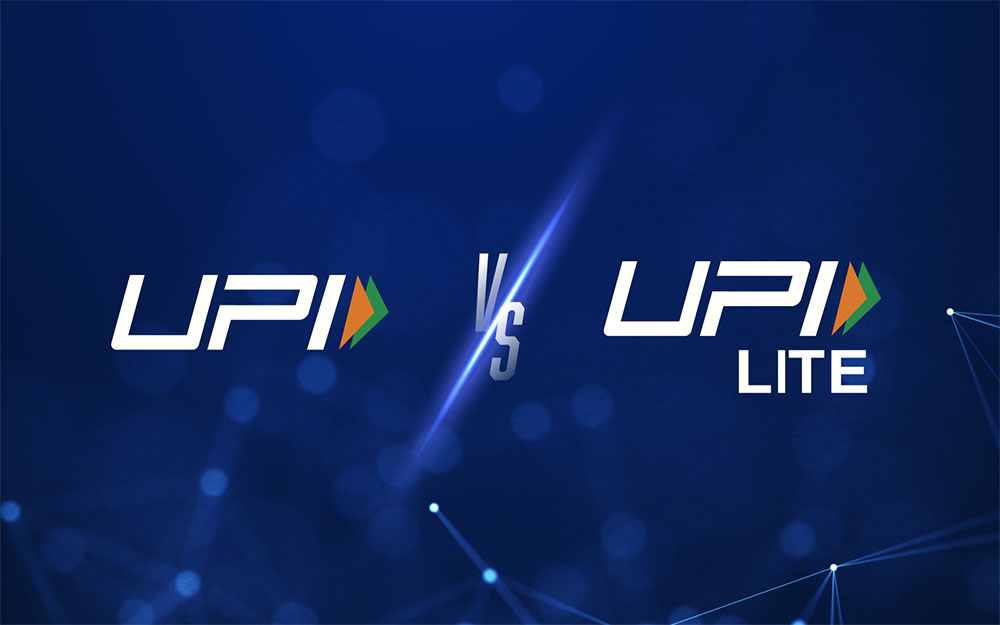The National Payments Corporation of India (NPCI) has launched two versions of its digital payment system: UPI (Unified Payments Interface) and UPI Lite. While UPI offers a comprehensive platform for various financial operations, UPI Lite is designed for small-value transactions.
Five Key Differences Between UPI and UPI Lite
| S.No. | Parameters | UPI | UPI Lite |
| 1 | Difference | 24/7 real-time money transfers | On-device wallet for real-time transactions |
| 2 | Transaction Limit | 20 transactions per day, up to ₹1 Lakh | ₹500 per transaction, up to ₹4,000 per day |
| 3 | Use of PIN | Required for each transaction | Not required for any transaction |
| 4 | Fund Transfer | Send and receive money using all bank accounts | Send money only |
| 5 | Availability | Supported by 300+ banks and major apps | Supported by 9 banks and select apps like BHIM, Paytm |
Detailed Comparison
- Difference in Operation:
- UPI: Operates 24/7 for real-time money transfers, allowing comprehensive financial transactions.
- UPI Lite: Functions as an on-device wallet primarily for small-value, real-time transactions.
- Transaction Limits:
- UPI: Allows up to 20 transactions per day with a maximum transaction limit of ₹1 Lakh. Limits may vary by bank.
- UPI Lite: Allows transactions of up to ₹500 each, with a daily limit of ₹4,000. Users can add up to ₹2,000 twice a day to the wallet, totaling a maximum wallet amount of ₹4,000.
- Use of PIN:
- UPI: Requires a Personal Identification Number (PIN) for each transaction to secure the user’s account.
- UPI Lite: Does not require a PIN for transactions, streamlining small-value payments.
- Fund Transfer:
- UPI: Enables sending and receiving money using UPI IDs, bank account details, or mobile phone numbers.
- UPI Lite: Only allows sending money to bank accounts; refunds are credited back to the linked bank account.
- Availability and Accessibility:
- UPI: Supported by over 300 banks and major payment apps, providing widespread access.
- UPI Lite: Currently available through nine banks and select apps like BHIM and Paytm.
- Transaction History:
- UPI: Users can view their payment history through major payment apps and bank statements.
- UPI Lite: Transaction history can be viewed via the Paytm app and daily SMS notifications.
Conclusion
UPI and UPI Lite both play crucial roles in promoting a cashless economy by facilitating quick and secure fund transfers. UPI caters to a broader range of financial operations with higher transaction limits, while UPI Lite offers a streamlined solution for small-value transactions without the need for a PIN, making it a convenient substitute for cash transactions.











More Stories
Artificial Intelligence and ChatGPT: How AI is Shaping the Future of India
Top 10 Digital Marketing Companies in India (2024)
Gaming PC vs. Console: Which is the Right Choice for You?